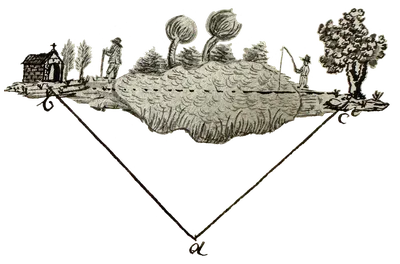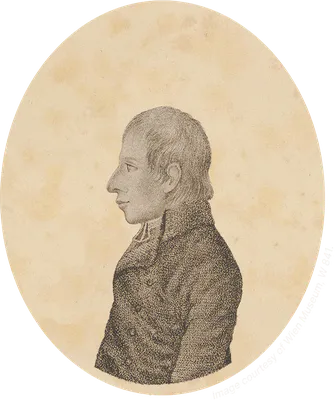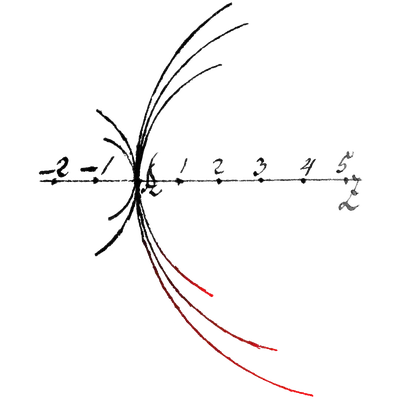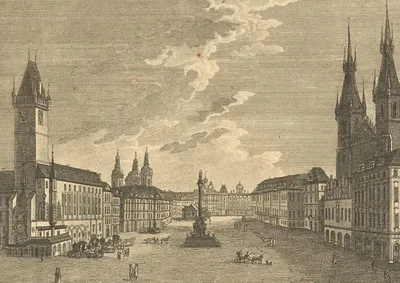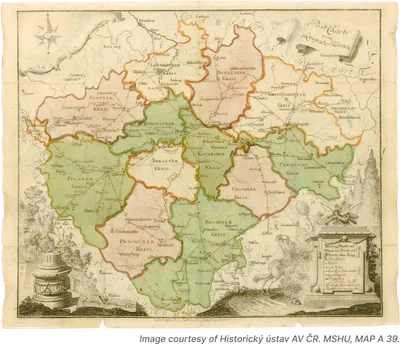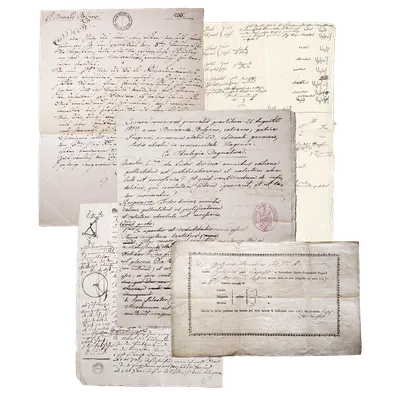PragMatika seeks to better understand the development of mathematics at the threshold of its professionalisation.
In particular, we are interested on how and why certain mathematical practices were set as a norm and different or new practices were incorporated or emerged in the late 18th century and during the first half of the 19th century.
To this end, we take Prague and the Bohemian lands, as well as Bernard Bolzano, as case studies.

